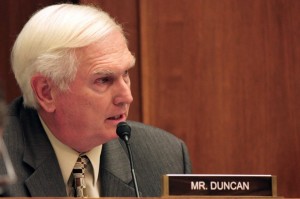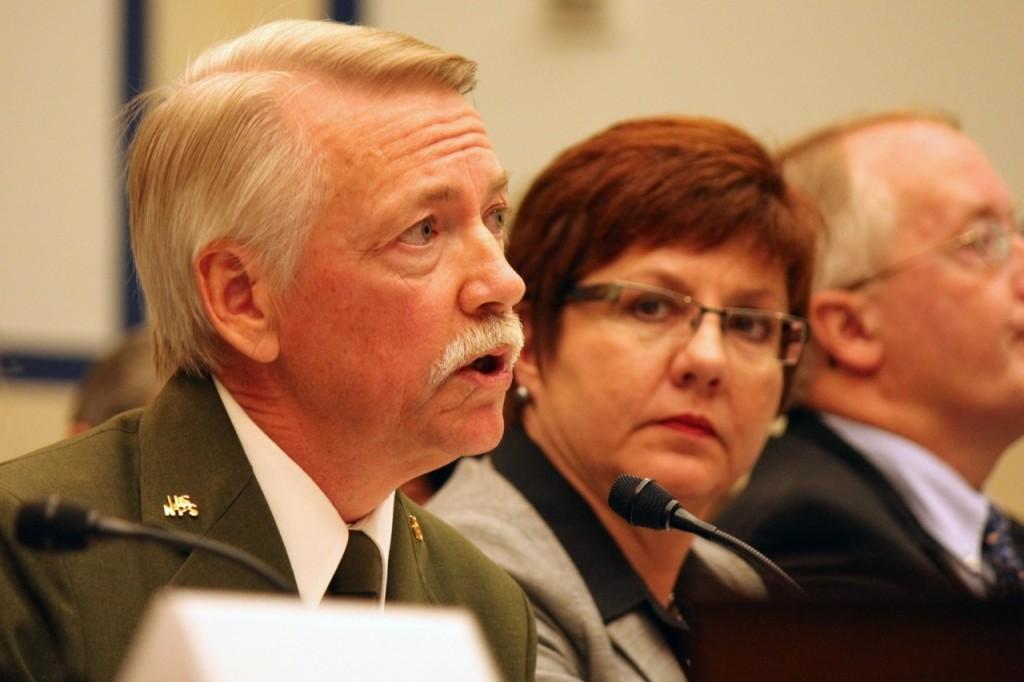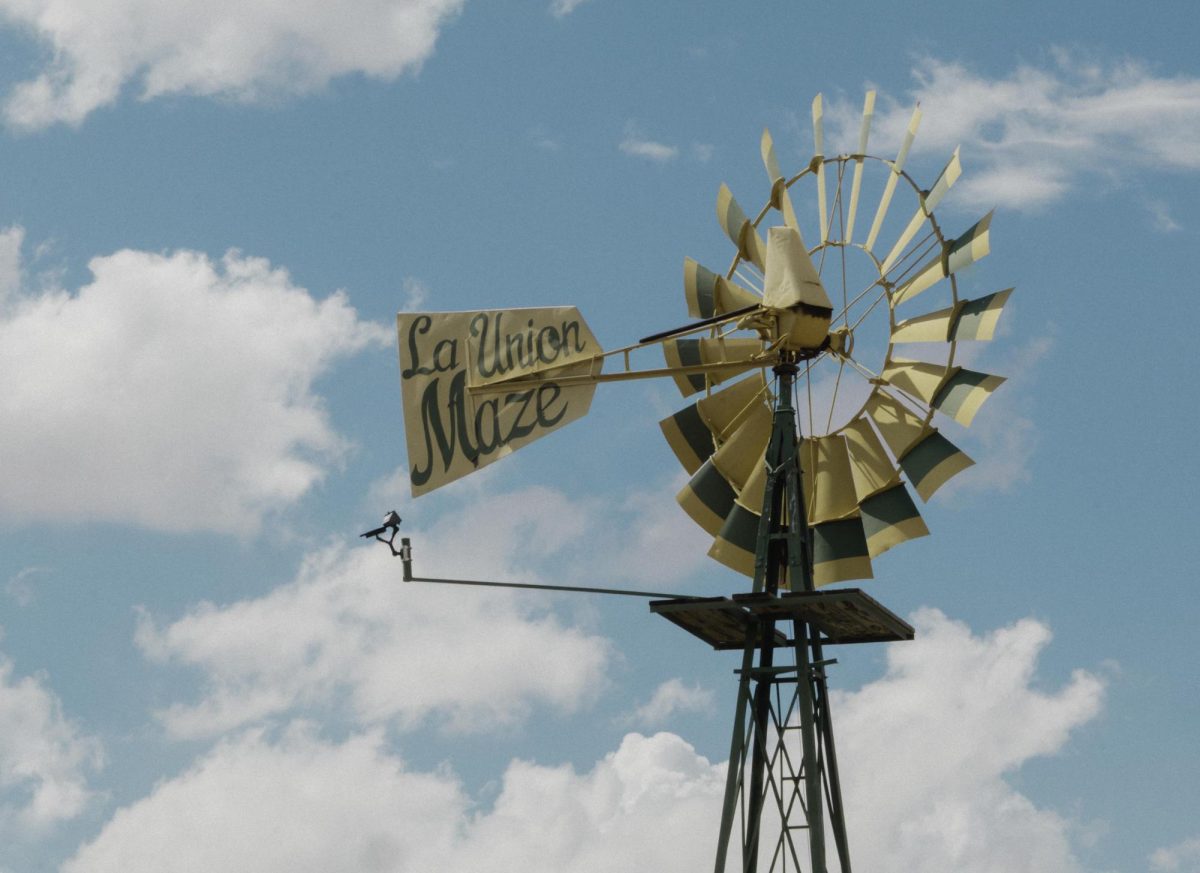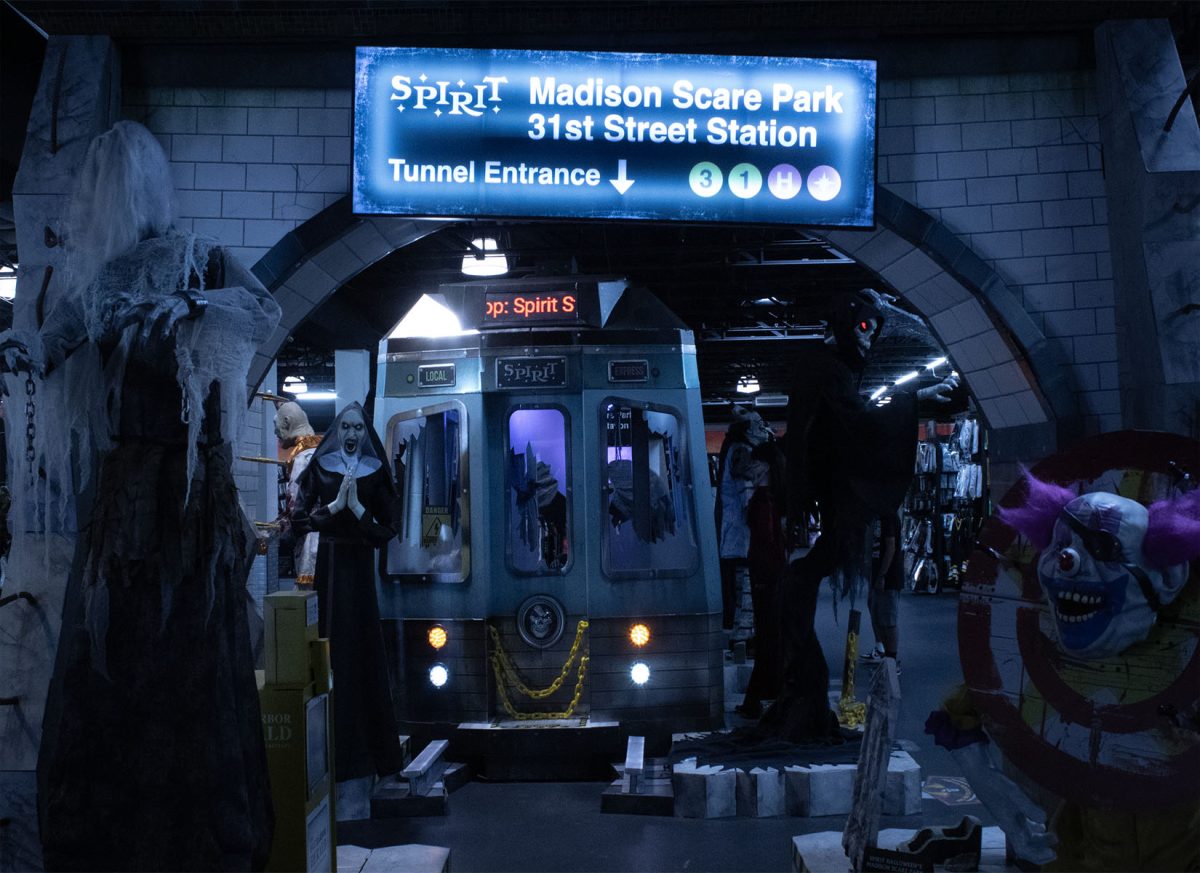WASHINGTON – The National Park Service defended its decision to close hundreds of parks during the government shutdown, after coming under fire Wednesday from House Republicans who called the service’s actions “disgusting and despicable.”
National Park Service Director Jonathan Jarvis said at ahearing before the House Natural Resources and Oversight and Government Reform committees that the agency closed the parks because of safety and security concerns brought about by a limited staff, not for political reasons. He took full responsibility for the decision to close the nation’s 401 parks, Oct. 1 the day the government shut down because Congress had not passed a budget.
“Turning away visitors is not our culture or our DNA,” Jarvis said. “With very few employees available, we are endeavoring to fulfill our mission the best that we can.”
Rep. John Duncan, R-Tenn., said the shutdown has shown that the National Park Service is overstaffed. TheGreat Smoky Mountains National Park, part of which is in Duncan’s district, reopened Wednesday after North Carolina and Tennessee agreed to pay for operations through Sunday.
“Thousands have visited the World War II Memorial and other monuments in spite of the barricades. Hundreds of thousands could safely and comfortably visit the Smokies and other national parks,” Duncan said. “These barricades and closures were obviously done to try to make the shutdown as unpopular as possible, as inconvenient as possible and not because it’s actually necessary.”

Jarvis said 20,000 park employees were furloughed Oct. 1, while 3,000 employees were exempted to respond to threats on human life and to protect property. In Washington, about a dozen of 300 employees remained on duty to monitor the monuments and memorials on the National Mall.
Duncan commended Blount County, Tenn., Mayor Ed Mitchell for his efforts to reopen the Smokies with county funds and said the state has come up with more than enough money to fund the park.
Jarvis said states could be reimbursed for those costs if Congress authorizes it.
Arizona, Utah, Colorado, New York and South Dakota have made similar arrangements to fund their national parks, including the Grand Canyon, the Statue of Liberty,Mount Rushmore and Rocky Mountain National Park.
“This is a practical and temporary solution that will lessen the pain for some businesses and communities,” Jarvis said.
He added that, although the states might be reimbursed, surrounding communities and businesses that benefit from park visitors will not recover.
The National Tourism Association estimates $114 million in tourism losses during the first week of the shutdown. Additionally, 91 percent of NTA members reported canceled and postponed tours, Lisa Simon NTA president, said at the hearing.
Rep. Peter DeFazio, D-Ore., was among the Democratic committee members who stood behind the National Park Service’s decision.
Addressing Republicans, he said, “When you decided to shut down the government over two weeks ago, did you forget that the National Park system, which includes memorials, is part of the government? No, you knew that, but you apparently forgot the economic impact our iconic parks in gateway communities.”
To emphasize his point, he pulled out a framed mirror and turned it toward the committee.
“Let me show you who’s responsible, who’s responsible for shutting down the National Parks.”
Andrés Rodríguez is a UTEP senior double major in Spanish and English and American literature. He is currently participating in the Scripps Howard Foundation Semester in Washington program. He may be reached at [email protected].









